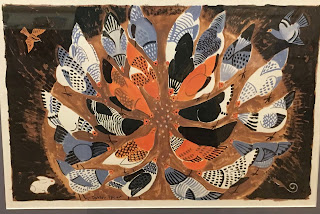Close to 50 years ago, Neil Armstrong was the first man to land on the moon.
This landing — only the first of six that occurred between 1968 and 1973 — is an all but forgotten scene from American history. It’s importance to us lies more in its context than it what it achieved.
The “one small step for man…one giant leap for mankind” and President Kennedy’s desire to prove that Americans could do things precisely because they are difficult fell prey to a meaningless yet deadly war in Vietnam; a string of political assassinations of progressive leaders; race riots; domestic bombings and the National Guard shooting of students at Kent State; President Nixon’s impeachment and resignation — and most recently to reality TV.
The “space race” was just that: an hubristic enterprise by white American men, spending billions of dollars of public money to beat their Russian counterparts to the moon while America burned.
African-American musician Gil Scot-Heron captured the sentiment at the time with his poem and song, “Whitey on the Moon:” “I can’t pay no doctor bills / but Whitey’s on the moon… / No hot water, no toilets, no lights / but Whitey’s on the moon…"
Armstrong’s landing might have imbued us with a reverence for our planet and its solar system. Instead, it became just another victory march for white Americans, plowing forward, as Armstrong’s wife Janet says (her fear-based anger well portrayed by Clare Foy in “First Man,” the recent Damien Chazelle film epic of Armstrong’s flight, now playing at Opera House Arts), like “boys with balsa wood toys.” The program persisted through loss after loss of astronauts killed as test pilots and, most famously, three burned in their capsule before the takeoff of Apollo 1 in 1967. After which, we were rewarded with many shots of other astronauts planting the flag -- along with a bit of scientific research.
There just wasn't much to find on the moon itself. As Armstrong put it before he even went, what we might get was, at best, most likely to be a clearer picture of ourselves in context from outer space — one we perhaps should have had already. Armstrong himself came back from his first flight beyond the atmosphere in amazement at how thin it was.
That was 50 years ago. Little did he know that oversized U.S. fossil fuel consumption would make our atmosphere even thinner and more fragile in the years to come.
Despite the awe and positive impact sparked by the Apollo voyages' famous “blue marble” image of the earth from outer space, we’ve continued to exploit the planet more than steward it. We've continued to be distracted by political mayhem, and remained unable to invest in solving the problems of the most needy right here in our own country. In all of this, we follow in the all-too-large footsteps of that first “whitey on the moon."




